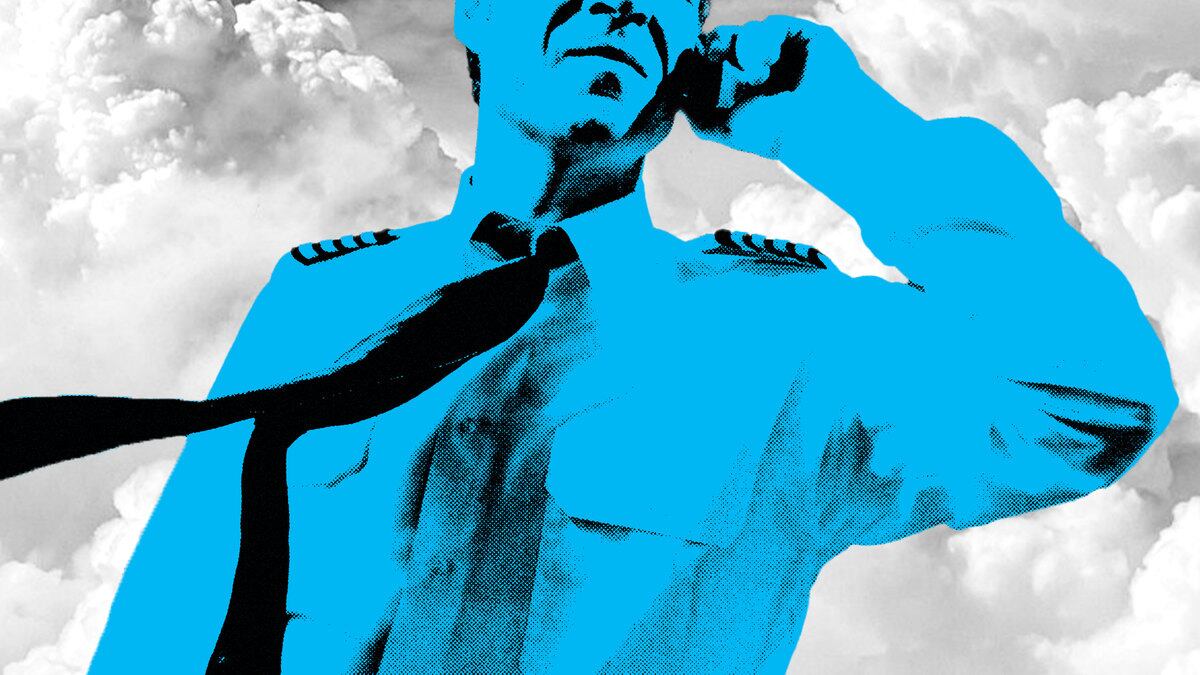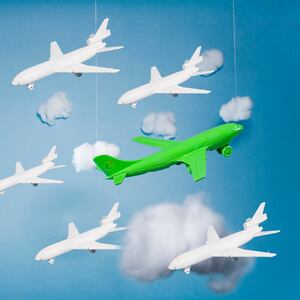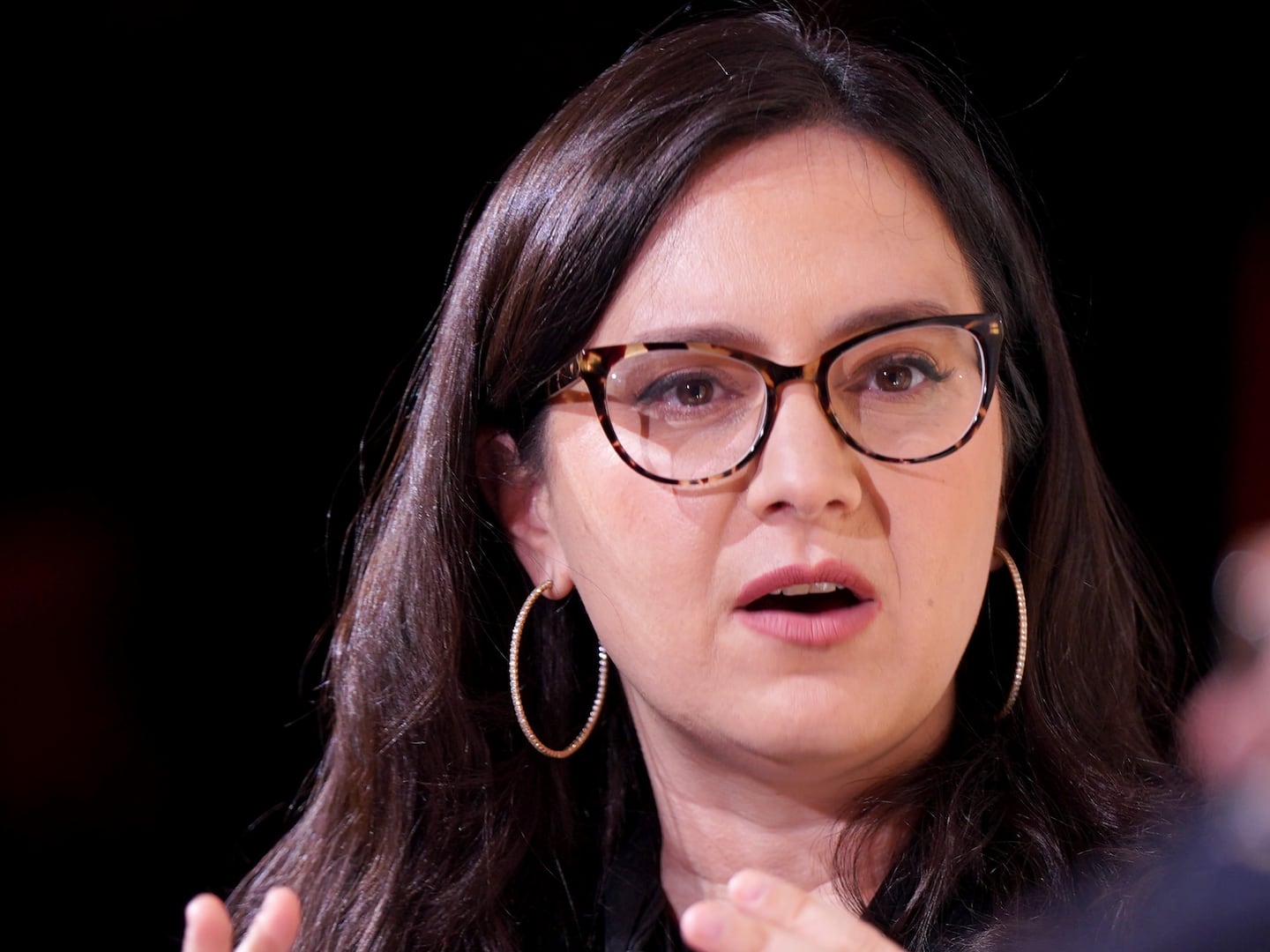There’s no doubt about it: Commercial flight is safer than ever. Not only that, but flying is among the safest modes of transportation, period. In 2023, it sometimes feels like the unsafest thing about air travel is the potential for passengers to have a meltdown.
And yet, according to the most commonly cited study, roughly 40 percent of the U.S. population reports some anxiety around flying, with 2.5 to 5 percent having what would be considered a clinical phobia.
Flying is a surrender of control, putting your trust in fallible humans launching you 30,000 feet into the sky in a cramped metal tube. To the layperson, it can be a mysterious, awe-inspiring form of travel that also happens to remind many of their own mortality.
Even my well-traveled friends trade tips for numbing the terror of a bumpy takeoff or landing. Some people down a glass of wine, some take a Klonopin, others do both. More health-conscious passengers, of course, may opt for techniques like meditation, intentional breathing, or huffing essential oils.
For years, my regimen consisted of a small dose of Xanax just after boarding and clutching my partner’s hand or the armrest, depending on availability. My attention focused on silencing intrusive thoughts, typically scenarios imagined in terrifyingly vivid detail—planes nose-diving, engines burning, passengers letting out primal screams in the few seconds they’ve got to confront their impending deaths.
Suffice to say, any amount of turbulence could send me spiraling, my distress signal on high with the assumption that we’d simply fall out of the sky at any moment. (It doesn’t help that I have a morbid fascination with aviation disasters and black box recordings.)
That began to change, however, when I texted a friend—a licensed pilot and an aviation geek—with my every worry about the flight. The key piece of information he shared about turbulence: It will not kill you. Imagine the aircraft as being suspended in a jello mold. When you jiggle the jello, the plane jiggles with it, but it doesn’t simply fall out of the sky. It’s a colorful explanation now popular with kids and social-media influencers but, hey, whatever works.
Not everyone personally knows a pilot, however. Enter Dial a Pilot, a new service founded by commercial airline pilot Kyle Koukol and launched on June 26. For $50 an anxious traveler can have a 15-minute “briefing” with a professional pilot. There’s currently a roster of six pilots actively fielding calls, with 40 more in the onboarding process. No questions are off the table, except maybe sensitive security topics.
The emphasis, Koukol told The Daily Beast, is on providing a nonjudgmental space, recognizing that “don’t worry, it’s fine” is not enough for even the most rational person in the throes of anxiety.
“My sister-in-law was terrified of flying,” Koukol explained. And upon recently moving to San Francisco with his wife, “every single person I talked to said they were scared or knew someone with a true phobia.” And so Dial a Pilot was born.
“We can give people the opportunity to have a risk-free, comfortable, nonjudgmental conversation with an airline pilot,” he continued. “We want to put everyone on the same page… [to] tell them what we’re actually thinking in the cockpit, giving context.”
No question is too outlandish. “Are we going to skip into outer space?” Koukol said one client asked. He went ahead and answered the question for The Daily Beast as well, without the faintest hint of derision or dismissiveness for its content.
@dial_a_pilot Here is what id actually happening during takeoff, from a window seat! A large part of the Dial A Pilot team just spent a week at the EAA Airventure Airshow in Oshkosh, Wisconsin! More videos to come from the show explaining things from a pilots perspective. #flightanxiety #aviophobia #nervousflyer #fearofflying #dialapilot ♬ original sound - Dial a Pilot
The most frequently mentioned concern, of course, is turbulence.
Koukol agreed with the famous jello analogy as a clear way to understand how choppy air won’t bring your plane down. “As pilots, we want to get away from turbulence,” he admitted, but not for the reasons a skittish flier might think. “What we’re concerned about is the safety of the flight crew and passengers, but I don’t mean that in terms of the integrity of the aircraft. I mean that we don’t want someone falling over and bonking their head or a flight attendant spilling coffee on someone while moving about the cabin.” The pilot further explained: “We have forecasting applications for turbulence and we’re able to see other aircraft and whether they’re getting a smooth ride. So if we’re at 32,000 feet and it’s a little choppy, but we see it’s smooth at 34,000 feet, we will climb.”
During my half-hour chat with Koukol, I peppered him with some of the more burning questions my brain has come up with while in a heightened state of alarm. Each concern was met with a patient, concise, and (mostly) jargon-free response.
Why does the cabin sometimes reek of fuel during taxi? The answer is not, as my panicky past selves have imagined, a dangerous leak inside the aircraft. “If we’re moving the aircraft and there’s a tailwind, the exhaust gets blown into the intake and then our A/C takes that air in and takes that smell in. We don’t love that smell either, and we’ll just reconfigure.”
The tolling of seemingly random chimes—sometimes one, sometimes two—during an ascent? “When we climb, we have what we call a ‘sterile cockpit,’ meaning we do not want to be interrupted with anything that is not related to the safety of the flight. So the flight attendants know to only call us in the event of an emergency. Once we hit 10,000 feet, we hit two chimes, and that’s us saying the ‘sterile cockpit’ is off, letting the flight attendants know we’ve reached 10,000 feet and they’re free to move about the cabin. A lot of the other single chimes are people calling attendants or pilots calling attendants. In descent, it’s the same situation when we go back into ‘sterile cockpit.’”
That intense sinking feeling just after takeoff? It’s very real, Koukol said, but it’s definitely not a sign of any danger. “That’s just what happens when we reach what we call thrust reduction altitude,” he explained, proceeding to give a step-by-step account of how the flaps and slats along a plane’s wings are adjusted at that altitude in order to transition the aircraft from needing high lift to needing high speed. “You’ll notice a sinking feeling because the plane is changing its angle of attack to the wind.”
What about those viral videos of wobbly landings in high-wind conditions? Koukol explained that pilots are trained from day one for dealing with the crosswinds seen in such attention-grabbing footage. Dangerous atmospheric phenomena like microbursts and wind shear, he said, are entirely predictable and pilots have memorized very specific protocols for each situation. Airline pilots are “not in the business of trying out and seeing,” he emphasized, and so if a cockpit crew thinks the wind is at all too much, “we’ll go elsewhere.”
Speaking of meteorological-based fears, Koukol noted that “if a plane is struck by lightning, oftentimes passengers won’t even notice.” This is because all aircraft are certified to be lightning-struck. There may be a bright flash, but the charge will always exit the airplane and “go ground itself elsewhere.” Rest assured, a lightning strike “does not affect the instruments at all.”
That fun fact reminded me of another common doomsday scenario I’ve invented mid-flight: The aircraft’s computers suddenly failing. “An airplane is a very complex machine,” Koukol said. “There are a number of things that could be a mechanical failure of some sort. But all airplanes are designed under federal aviation regulations… dictating that there has to be multiple redundancies and failsafes and catch-alls. If, say, a hydraulics system fails, one or two other hydraulic systems will pick up the load. Same thing with electrical systems; same thing with an engine failure; same thing with flight control,” he continued.
“The system is so well-oiled, it’s amazing!”
His confidence certainly has me feeling less anxious for my next flight. Until we hit choppy air, of course.








